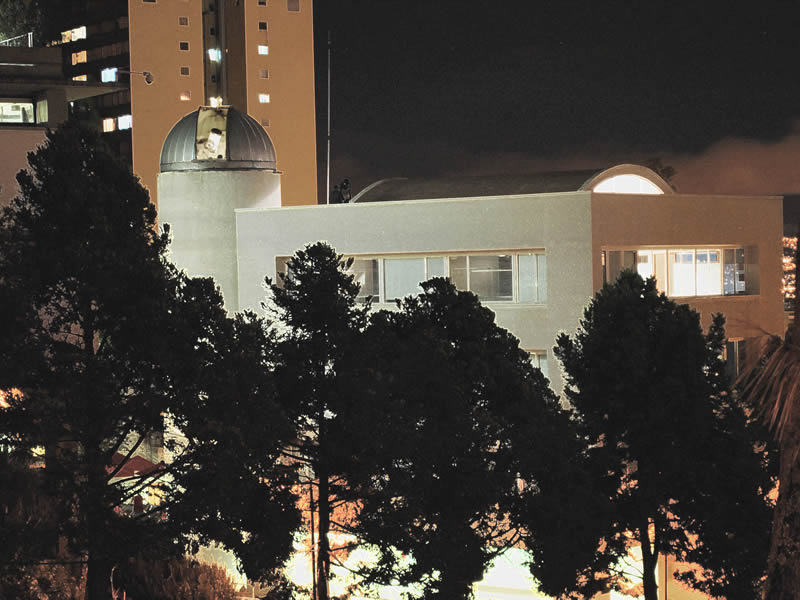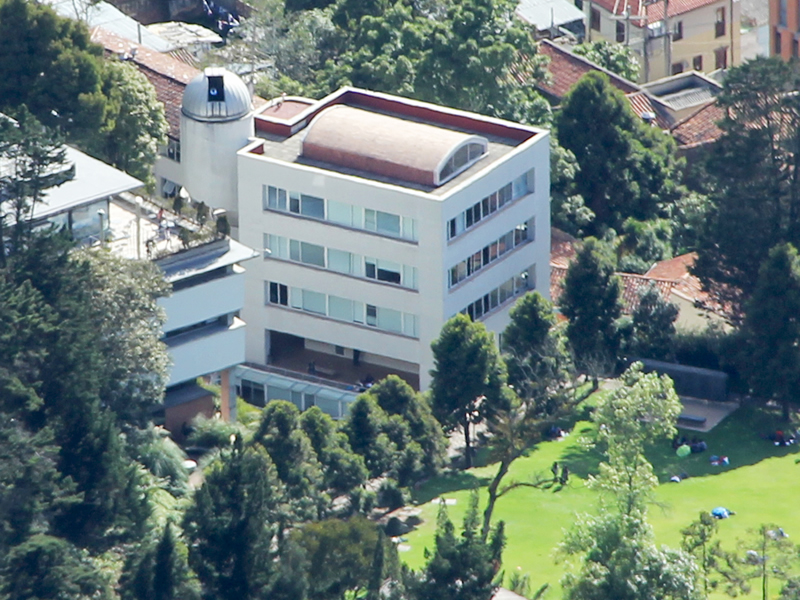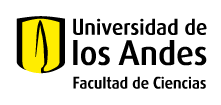Scientific Rationale
The first ADeLA meeting was held in San Juan, Argentina, in the year 2001.
In this, and subsequent meetings, the objectives and scope of this series of international conferences have been laid out as follows:
• To foster Latin America astronomical research in the areas of astrometry and dynamics.
• To give an overview of the research in Astrometry and Dynamics carried out in Latin America, as well as the state-of-the art at the world level.
• To place in a world context the state of development of this area in Latin America.
• To promote and strengthen the development of scientific projects through international collaborations, both, among Latin American countries, and between Latin American countries and countries where astronomy is further developed in Asia, Europe, and North America.
• To explore common strategies and funding opportunities to stimulate academic and scientific exchanges that may facilitate the points mentioned above (including thesis topics, fellowships for students, post-doctoral opportunities for young researchers, faculty sabbaticals, and faculty exchanges).
The main scientific topics of these series of meetings include:
• General astrometric observational techniques: Radio-astronomy (particularly interferometry, ALMA), space-based (e.g., HST, Gaia) and ground-based (e.g., AO, VLTI) diffraction-limited astrometry, instrumentation and astro-engineering for astrometry, big upcoming survey projects with relevant astrometric component (e.g., LSST).
• General astrometric analysis techniques: Proper-motions, trigonometric parallaxes, binary and multiple stellar and sub-stellar (including exo-planet) systems, catalogues, exploitation of existing and big databases for astrometry (e.g., ALMA, DECam, LSST).
• Classical astrometry: Stellar positions, celestial reference frames, international standards of time and time-keeping.
• Stellar dynamics (e.g., Galactic Bulge, the central BH), Galactic structure (e.g., stellar streams, “near-field cosmology”), stellar associations, open & globular clusters (membership, orbits), satellite galaxies of the MW.
• Solar system dynamical studies: Hazardous and killer asteroids, NEOs, Kuiper-belt objects.
• Celestial mechanics, artificial satellites, space debris.














